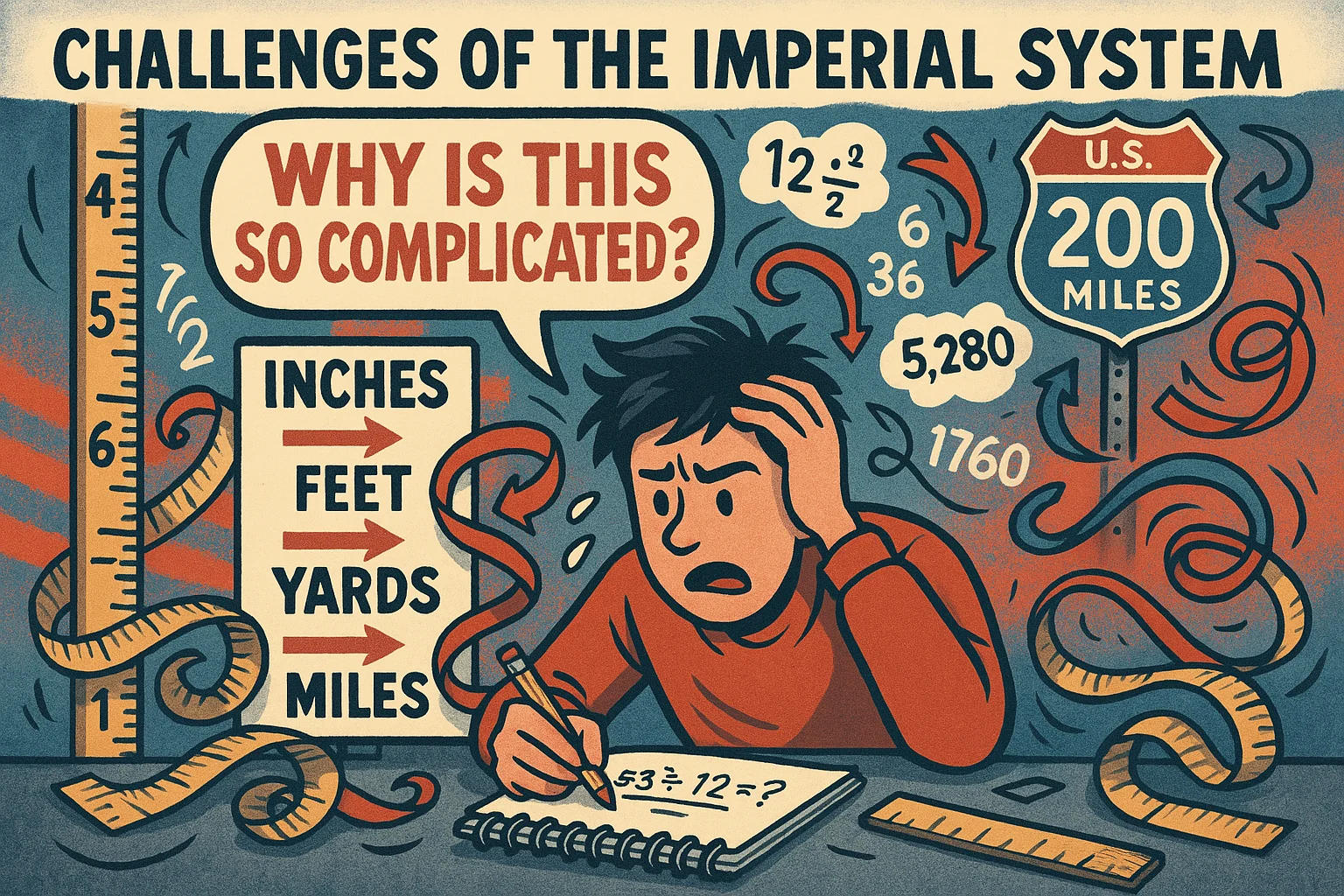Length conversion is a fundamental aspect of measurement that plays a crucial role in various fields, including engineering, construction, science, and everyday life. Whether you're dealing with international measurement systems, working with blueprints, or simply converting distances for travel purposes, understanding how to convert between different length units is essential.
There are two primary systems of measurement used worldwide:
- Metric System (International System of Units - SI): The metric system is based on meters and includes units such as millimeters, centimeters, meters, and kilometers. This system is widely used in most countries around the world.
- Imperial System (US Customary System): The imperial system primarily uses inches, feet, yards, and miles. It is commonly used in the United States and a few other regions.
Length Conversion Table
Below is a comprehensive length conversion table covering nine commonly used units: millimeters (mm), centimeters (cm), meters (m), kilometers (km), inches (in), feet (ft), yards (yd), miles (mi), and nautical miles (nmi).
This table serves as a quick reference for converting between different length units without complex calculations. A converter of length measurement is particularly useful for professionals needing consistent and fast unit conversions.
Imperial/US Measurement System
The Imperial system, also known as the US customary system, is a measurement system primarily used in the United States, as well as a few other countries like Liberia and Myanmar. This system originates from the British Imperial units, which were historically based on traditional measurements used in England before the adoption of the metric system.
The Imperial system uses units such as inches, feet, yards, and miles for measuring length. For smaller measurements, fractions of an inch (such as ½ inch or ¼ inch) are commonly used rather than decimal points. In contrast to the metric system, where units follow a base-10 structure, the Imperial system is less straightforward in its conversions. For example:
- 12 inches = 1 foot
- 3 feet = 1 yard
- 1,760 yards = 1 mile
Although the Imperial system remains widely used in the US for road distances, real estate, and personal height measurements, many industries—such as science, medicine, and global trade—prefer metric units for their standardization and ease of length conversion.
Challenges of the Imperial System
One of the main drawbacks of the Imperial system is its complexity. Since the units are not based on a decimal system, conversions between them require memorization of various factors rather than simple multiplication or division by powers of ten. For instance, converting inches to miles involves multiple steps, making calculations more cumbersome compared to the metric system.
Despite these challenges, the Imperial system is deeply ingrained in American culture. Many people in the US are more familiar with feet and inches for measuring height, and miles for road distances, making the transition to a fully metric system difficult.

Metric Measurement System
The Metric system, officially known as the International System of Units (SI), is the most widely used measurement system globally. It is based on a decimal structure, making conversions between units simple and logical. The system was first introduced in France during the late 18th century and has since been adopted by almost every country in the world.
In the metric system, length is measured using units such as millimeters (mm), centimeters (cm), meters (m), and kilometers (km). Each unit follows a straightforward base-10 conversion:
- 10 millimeters = 1 centimeter
- 100 centimeters = 1 meter
- 1,000 meters = 1 kilometer
This structure eliminates the need for complex conversion factors, making calculations significantly easier. For example, converting 2.5 meters to centimeters only requires multiplying by 100 (since 1 meter = 100 cm), resulting in 250 cm. Tools like a converter calculator length enhance this process with speed and accuracy.
Advantages of the Metric System
One of the biggest advantages of the metric system is its universality. Almost every country has adopted metric measurements, which simplifies international trade, scientific research, and engineering projects. Unlike the Imperial system, where conversions between units can be cumbersome, the metric system ensures that moving between different scales of measurement is as simple as shifting a decimal point.
Additionally, because the metric system is used in scientific fields worldwide, it allows for standardized communication across disciplines. This is especially important in fields such as medicine, physics, and engineering, where precise and consistent measurements are essential.
Why the Metric System is Preferred
Governments and organizations around the world favor the metric system due to its simplicity, efficiency, and ease of adoption. Even in the United States, where the Imperial system is still dominant, many industries—such as pharmaceuticals, automotive manufacturing, and aviation—use metric units for accuracy and international compatibility.
Overall, the metric system provides a logical, standardized, and universally accepted way to measure length, making it the preferred choice in most professional and scientific applications. Whether using manual calculations or a converter of length measurement, precision and consistency are always ensured.

